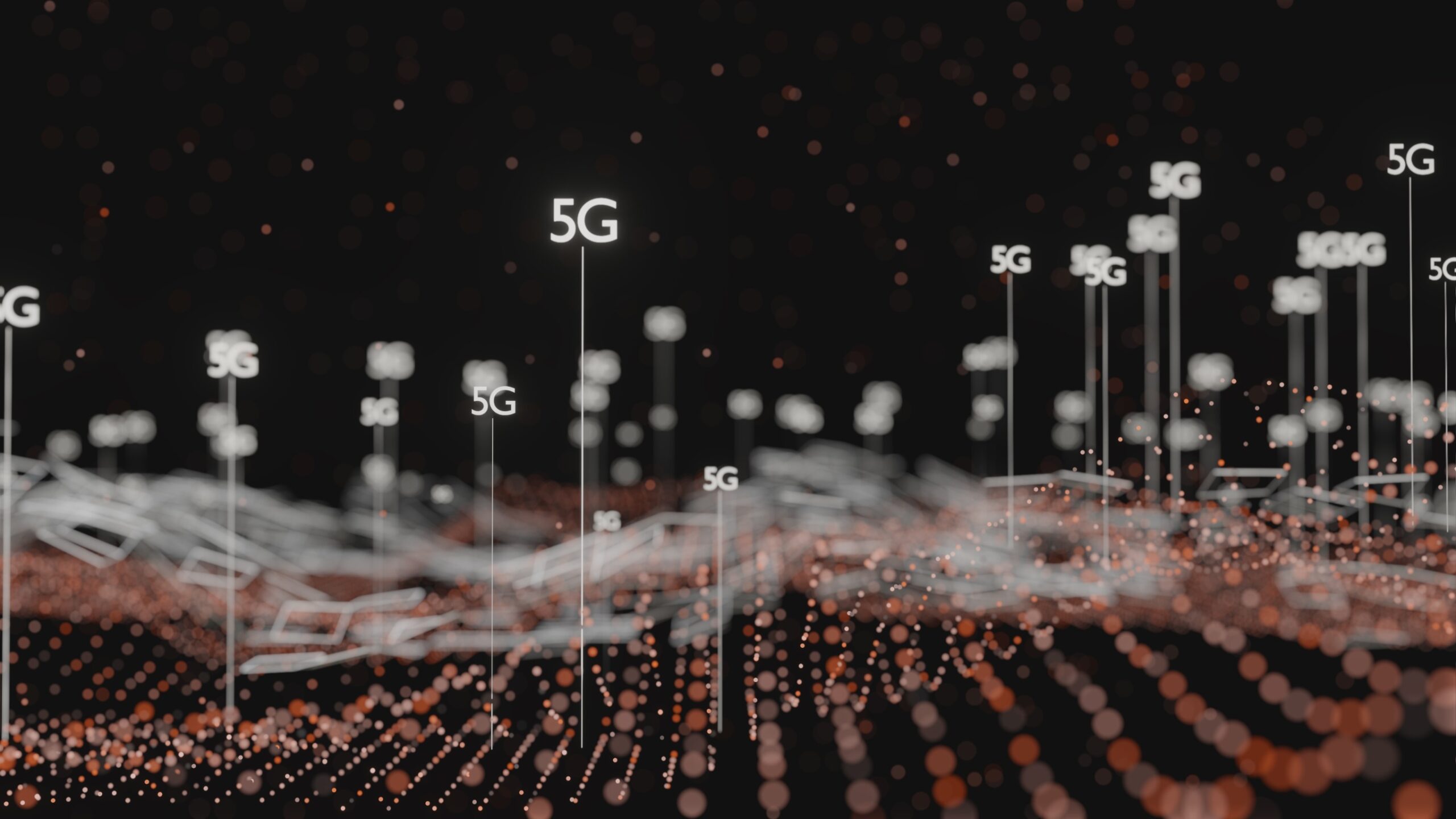The advent of 5G technology has opened up a plethora of opportunities for innovation, from IoT applications to ultra-reliable low-latency communication. However, the journey towards realizing the full potential of 5G is fraught with complexities, especially when it comes to hyperscaling network services. This article aims to provide an objective multi-stakeholder perspective on navigating the intricate landscape of 5G hyperscaling.
Hyperscaling network services in the 5G landscape offers unprecedented advantages, most notably in terms of scalability, efficiency and innovation. By leveraging cloud-native architectures and distributed computing resources, hyperscaling allows telecom operators to dynamically allocate resources based on real-time demand. This not only optimizes network performance but also significantly reduces operational costs.
What’s more, hyperscaling fosters a more agile development environment, enabling faster rollout of new services and features. It allows for seamless integration of various network functions and services, whether they are provided by traditional telecom vendors or cloud-based hyperscalers. This multi-vendor ecosystem accelerates innovation cycles, providing fertile ground for cutting-edge solutions that can easily be scaled up or down. In essence, hyperscaling transforms the network from a static infrastructure to a dynamic, adaptive entity, capable of meeting the evolving demands of consumers and enterprises alike. But hyperscaling 5G is far from a solo endeavor.
The imperative of collaborative transformation
Hyperscaling network services requires a concerted effort from various stakeholders, including telecom operators, vendors and hyperscalers themselves. Each brings a unique set of skills and perspectives to the table. For instance, telecom operators possess the infrastructure and customer base, vendors offer the necessary hardware and software solutions and hyperscalers like cloud service providers contribute scalable computing resources. A recent webinar hosted by RCR Wireless News, industry leaders from AT&T, Enea and Microsoft convened to discuss the complexities and opportunities in hyperscaling 5G services.
Collaboration and the sharing of knowledge was one of the key takeaways. A spokesperson from AT&T, which works as an integrator, commented, “We are constantly looking for new, innovative ideas for improving customer experience and network performance, and a lot of those ideas come from vendors themselves.”
The role of data management
Data is the lifeblood of any modern network, and its management becomes even more critical in a 5G environment. Telecom operators are increasingly adopting multi-vendor approaches, breaking down data silos across different network domains. This not only fosters faster innovation cycles but also provides greater flexibility for new services. However, this multi-vendor landscape necessitates robust data management strategies to ensure that both permanent and dynamic information is organized, stored and accessed efficiently.
The vast amount of data generated by these networks requires robust strategies for real-time analytics, security and scalability. Key approaches include data portability for seamless transfer across platforms, automation for efficient lifecycle management and stringent security measures to protect data integrity. Additionally, the use of machine learning and AI tools for proactive traffic management allows networks to predict potential congestion points and dynamically allocate resources, thereby optimizing both user experience and network efficiency. Hyperscalers play a pivotal role in enabling these data management capabilities, sometimes offering the necessary tools and platforms to make it possible.
Security, performance and agility: The non-negotiables
As networks evolve, so do the threats against them. Advanced security protocols are essential to protect the vast data flows, and robust encryption and threat detection mechanisms are needed to ensure data integrity. Performance can be enhanced through low-latency, high-speed connections, often enabled by edge computing solutions that bring data processing closer to the user. Agility comes from the ability to quickly scale resources up or down based on demand, allowing for cost-effective operations and rapid deployment of new services. These elements collectively create a resilient and efficient network architecture that can adapt to evolving user needs and emerging threats, making hyperscalers indispensable in the multi-stakeholder 5G landscape.
Open architectures: Building for the future
The future of 5G lies in open, interoperable architectures. As discussed in the RCR Webinar, open APIs are not merely a trend but a long-term requirement for ensuring that networks are future-proof. They offer significant benefits in analytics, operations and orchestration and are crucial for the next generation of “software thinking” needed for hyperscaling 5G services. Industry-wide collaboration, rigorous testing and new interoperability standards are the need of the hour.
Hyperscaling a network is not a one-off project but a long-term strategy. It requires comprehensive planning that takes into account not just the current needs but also future demands. This involves a phased approach, rigorous testing at each stage and a focus on sustainability. Moreover, it requires a multi-stakeholder approach, involving not just telecom operators but also vendors, hyperscalers and even regulatory bodies. By understanding the roles and responsibilities of each stakeholder and by adhering to non-negotiables like security, performance and agility, the industry can pave the way for a more connected, efficient and innovative future.

